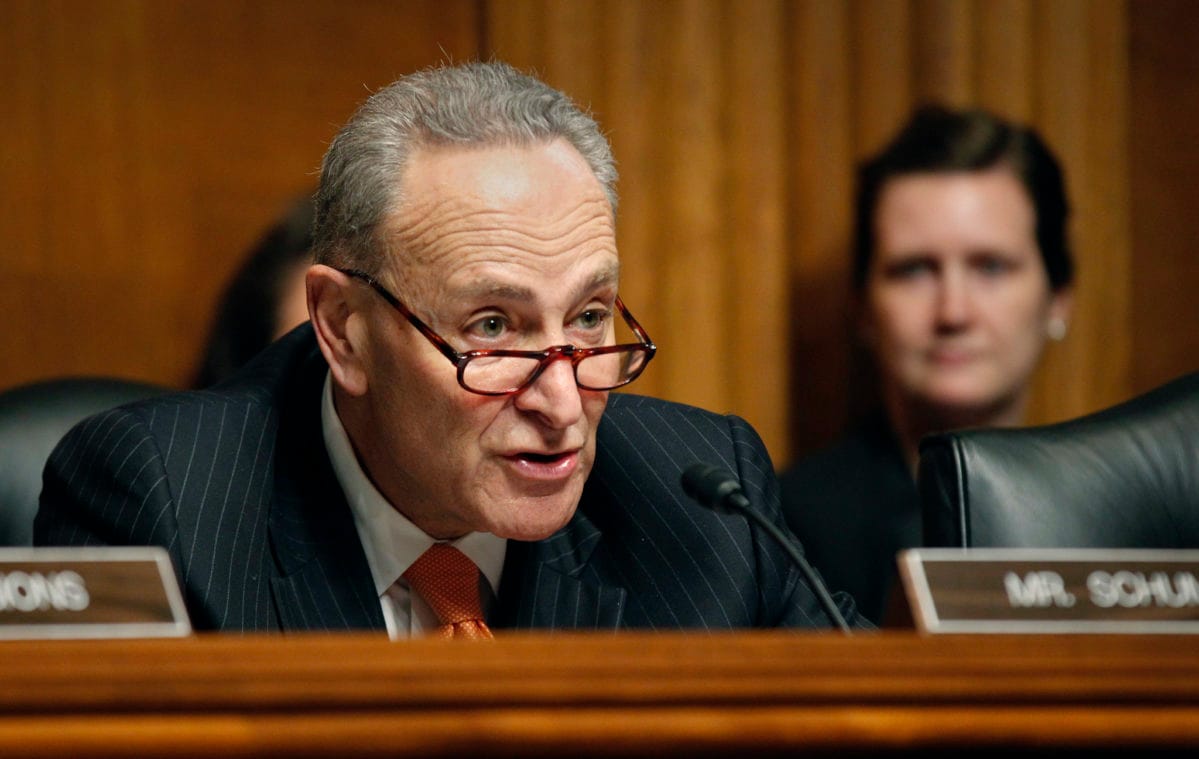Coronavirus Roundup: Contact Tracing Gold Rush, Tech Companies’ Misinformation Criteria, Additional Telelearning Funds
May 12, 2020 — As the United States turns its focus to reopening, tech companies are looking at the opportunities for contact-tracing technology as the next tech gold rush, CNBC reported. Contact-tracing technology, as seen in South Korea, would use GPS technology to tell users if they have come wit











Member discussion